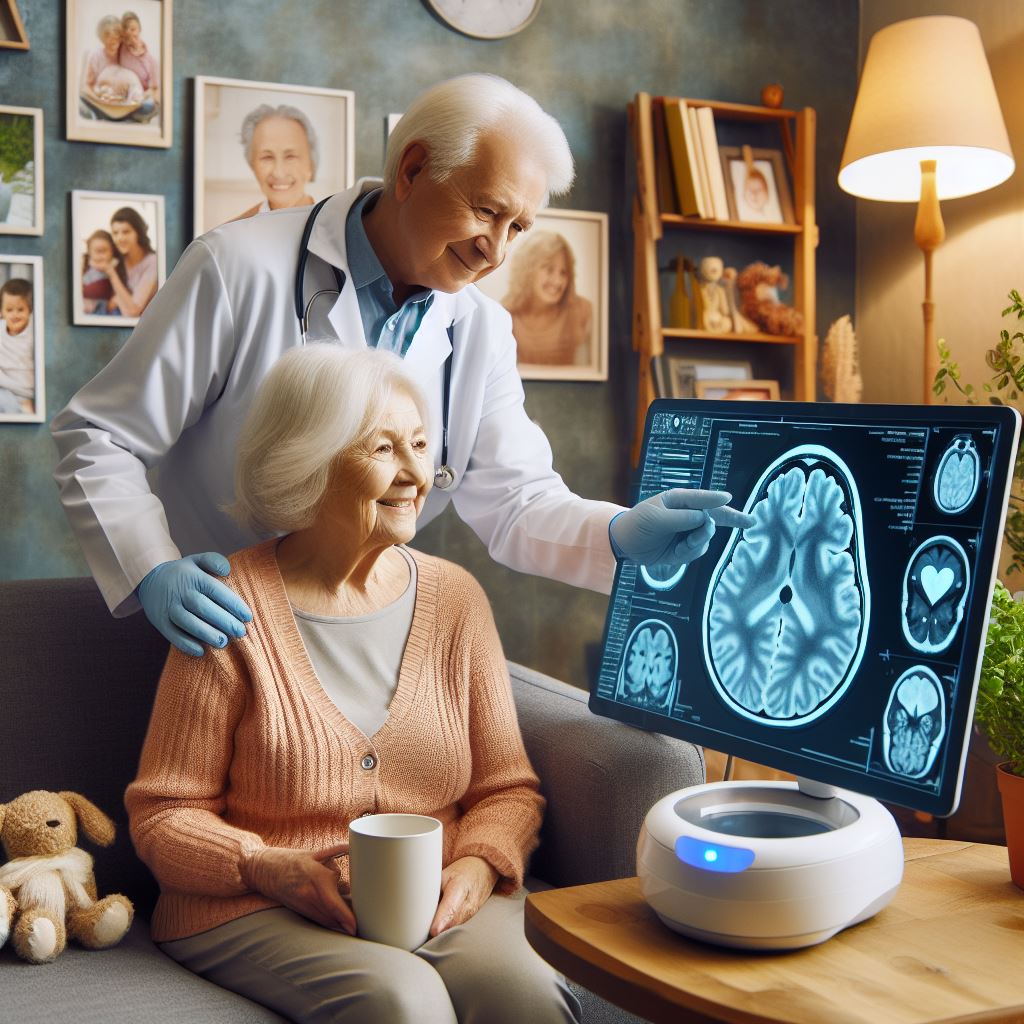In a groundbreaking development, researchers have created an artificial intelligence (AI) tool capable of detecting signs of Parkinson’s disease up to 15 years before symptoms manifest. This innovative approach could revolutionize early diagnosis and treatment strategies for the second most common neurodegenerative condition worldwide.
Parkinson’s disease, characterized by unintended movements, shaking, stiffness, and balance difficulties, affects over 10 million people globally. With cases increasing more rapidly than other neurological conditions, the need for early detection has never been more critical.
The study, conducted on 78 individuals from Spain, utilized an AI tool called CRANK-MS to analyze blood samples collected between 1993 and 1996. The participants were followed for 15 years, with 39 eventually receiving a Parkinson’s diagnosis.
CRANK-MS examined various combinations of metabolites – chemicals produced when the body breaks down food, drugs, chemicals, and its own tissue. The AI tool demonstrated remarkable accuracy in distinguishing between those who developed Parkinson’s and those who didn’t.
Key findings include:
- The highest diagnostic performance to date for predicting Parkinson’s using blood plasma metabolomics data, with a 0.997 AUC for both ROC and PR curves.
- Identification of potential early indicators for Parkinson’s, including triterpenoids, diacylglycerols, and a polyfluoroalkyl substance.
- Consistency with specific food diets, such as the Mediterranean diet, for Parkinson’s prevention.
- Potential links between exposure to certain exogenous chemicals and Parkinson’s development.
The CRANK-MS framework shows promise not only for Parkinson’s detection but also for building accurate prediction models for other diseases using metabolomics data. This approach could significantly enhance the biomarker discovery pipeline and lead to improved targeted quantification methods.
As Parkinson’s cases continue to rise, with approximately 90,000 new diagnoses annually in the United States alone, this AI-driven approach offers hope for earlier intervention and better patient outcomes. By potentially identifying the disease years before clinical symptoms appear, healthcare providers may be able to implement more effective care and management strategies, potentially slowing disease progression and improving quality of life for millions of people worldwide.


